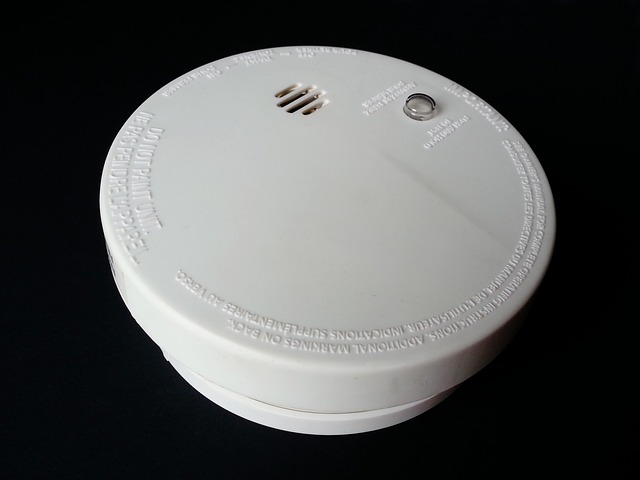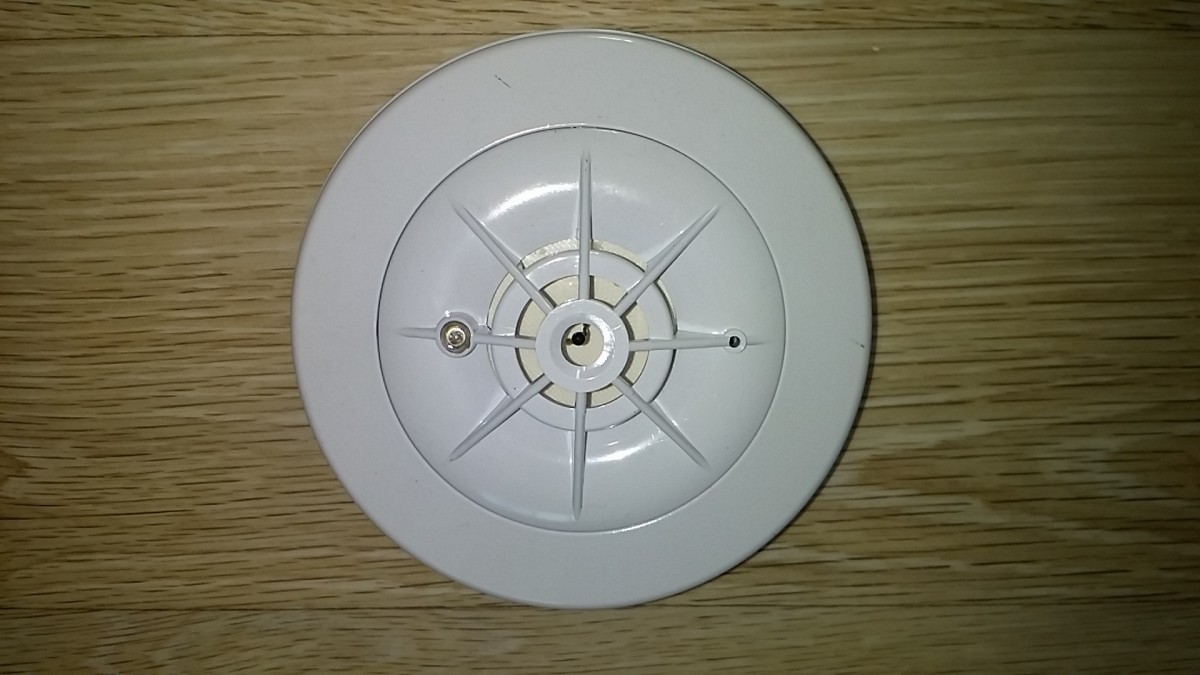Ensuring Home Safety: A Comprehensive Guide to Understanding Smoke Detectors

In the realm of home safety, few devices play a more critical role than smoke detectors. These silent guardians have saved countless lives by providing early warnings of potential fires. Let’s delve into the intricacies of these safety stalwarts and understand how they contribute to keeping our homes secure.
The Basics of Smoke Detection
How Smoke Detectors Work:
Smoke detectors operate on the principle of detecting the presence of smoke particles in the air. There are two main types: ionization detectors, which are more responsive to flaming fires, and photoelectric detectors, which excel at detecting smoldering fires.
Placement Matters:
Install smoke detectors in key areas, including bedrooms, hallways, and near the kitchen. Proper placement ensures maximum coverage and early detection in critical zones.
Choosing the Right Type of Smoke Detector
Ionization Detectors:
Ideal for areas prone to fast-flaming fires, such as kitchens. However, they may be more prone to false alarms due to cooking activities.
Photoelectric Detectors:
Well-suited for areas with a higher likelihood of smoldering fires, such as bedrooms. They offer a more reliable response to slow-burning, smoky fires.
Dual-Sensor Detectors:
For comprehensive coverage, consider detectors that combine both ionization and photoelectric technologies. These offer a versatile solution for various fire types.
Maintenance and Testing
Regular Checks:
Perform monthly tests by pressing the test button to ensure the alarm sounds. Additionally, conduct occasional checks with smoke generated from a safe source, like a blown-out candle.
Battery Replacement:
Replace batteries at least once a year, or sooner if the low-battery warning beeps. Many detectors now come with long-lasting lithium batteries that may last the lifespan of the unit.
Interconnected Smoke Detectors
Enhanced Safety:
Interconnected smoke detectors communicate with each other. When one detector detects smoke, all interconnected units sound their alarms. This ensures that occupants are alerted, regardless of their location in the house.
Hardwired vs. Wireless Interconnection:
Hardwired systems use electrical wiring, while wireless systems use radiofrequency signals. Both offer effective interconnection, but the choice depends on your home’s wiring and layout.
Integrating Smart Technology
Smart Smoke Detectors:
Modern technology has brought us smart smoke detectors that connect to home automation systems. These devices offer remote monitoring, notifications on mobile devices, and integration with other smart home devices.
Smart Home Compatibility:
Ensure compatibility with your existing smart home ecosystem. Many smart smoke detectors work seamlessly with popular platforms like Amazon Alexa, Google Assistant, or Apple HomeKit.
Emergency Response and Evacuation Plans
Emergency Protocols:
Develop and practice evacuation plans with all household members. Designate meeting points outside the home and ensure everyone knows the quickest exit routes.
Communication is Key:
Discuss emergency procedures regularly, emphasizing the importance of leaving the home immediately upon hearing the smoke detector alarm.
Addressing False Alarms
Common Causes:
False alarms can be triggered by cooking smoke, steam, or dust. To minimize false alarms, ensure proper placement and consider using a kitchen-specific smoke detector with a pause button.
Regular Cleaning:
Keep detectors free from dust and debris by gently vacuuming or wiping with a clean, dry cloth. Avoid using cleaning agents or water.
Replacing Old Smoke Detectors

Lifespan Considerations:
Smoke detectors typically have a lifespan of 8-10 years. Replace older units to ensure optimal performance and reliability.
Upgrading for Safety:
Take advantage of advancements in smoke detection technology by upgrading to newer models that offer improved features and enhanced safety.
Ensuring a Safer Home Today
In conclusion, understanding the nuances of smoke detectors is paramount for maintaining a safe home environment. From choosing the right type of detector to regular maintenance and addressing false alarms, every aspect plays a crucial role. As technology advances, integrating smart smoke detectors can add an extra layer of convenience and security to your home. Remember, the investment in a reliable smoke detection system is an investment in the safety and well-being of your household.
